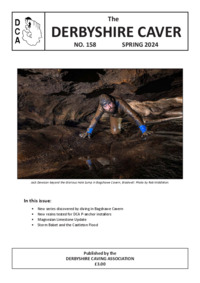Peter Burgess said:
Then you definitely missed the point!

- and perhaps you are also proving my point about preconceptions......

You draw a parallel between protecting people from their own idiocy in the wild and online. That those that whinge about fencing also moan about aggressive posts and that there's a hypocrisy there. Liberty in every sphere!
I was merely offering constructive criticism Mr Burgess, people do have preconceptions about you (as they do everyone) - I was just saying that what you wrote carried a heavy implication that you are far too clever for the rest of us and that perhaps that doesn't help get your opinion across that you wish to give so often. [Insert joke here to keep it friendly]. Anyway, moving on...
You have freedom with the freedom to act and liberty if you're not coerced. You can argue that you extend freedom of movement to those that aren't necessarily able to protect themselves (i.e. children) by fencing off dangers they may or may not know how to handle. You can extend freedom by curtailing liberty, e.g. the justice system. Therefore a fence can be the indicator of a society with significant freedom.
I know that's a little bit overboard Cap'n, I wouldn't want to be accused of subtlety.
PS At the risk of sounding like David Cameron/Gordon Brown, 'I agree with Nick'



